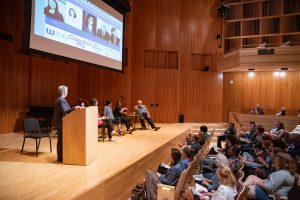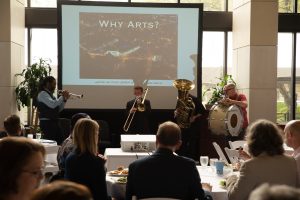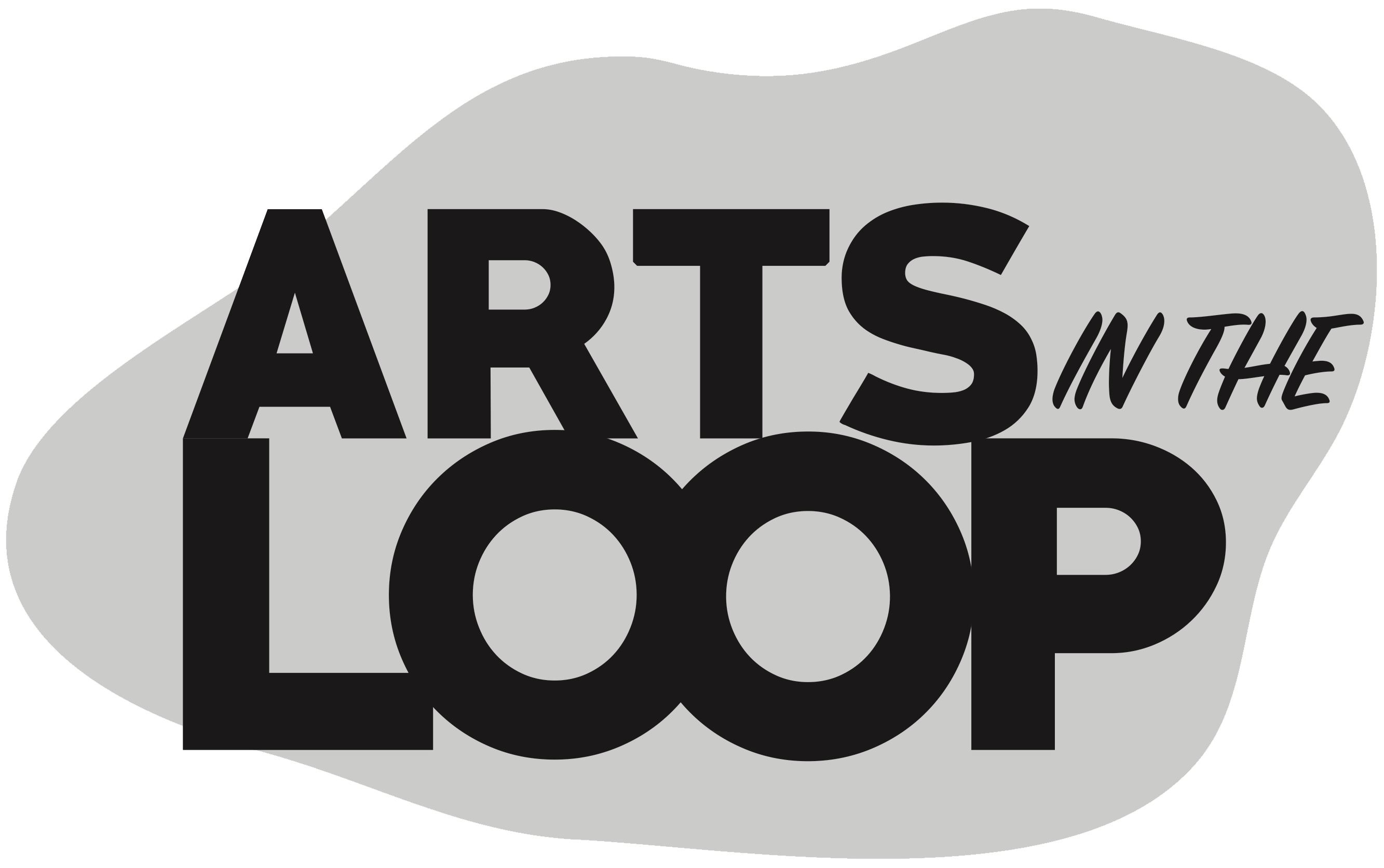On June 5th & 6th, 2019, the Arts In The Loop intiative held a symposium exploring opportunities to build Rochester’s creative economy through the arts. Five creative leaders were brought in from Pittsburgh, Minneapolis, St. Paul, and Nashville to discuss how they leverage their community and creative assets to revitalize their cities. The panelists included:
- Audrey Russo – President & CEO of Pittsburgh Technology Council
- David Pankratz – Research & Policy Director, Greater Pittsburgh Arts Council
- Gülgün Kayim – Director of Arts, Culture & the Creative Economy, City of Minneapolis
- Jun-Li Wang – Community Development Program Director, Springboard for the Arts, Minneapolis/St. Paul
- Jill McMillan – Executive Director, Arts & Business Council of Nashville
During the symposium, four sessions were held highlighting a variety of crucial topics and concepts revolving around the creative economy. These sessions included; Arts In The Loop – Activating Rochester through the arts/media/entertainment and technology sectors; Placemaking – why design is core to success for activating communities; Arts Council Forward – best practices of effective arts councils; and The Creative Economy – economic development through and with the arts. The first half of these sessions included a brief presentation and/or a facilitated discussion with the panelists, while the second half was guided by questions from the audience. Over 100 Rochester stakeholders attended each session with representation from the city, economic development corporations, higher education, arts organizations, developers, business owners, media, community members, residents, and more.
Two workgroup lunch sessions were also held, where sub-committees met with panelists in roundtable discussion to go into further detail about actionable items. Lastly, a small dinner was hosted by M&T Bank with Mayor Lovely Warren, Deputy Mayor James Smith, and CEO’s & presidents of corporations, economic development companies, and higher education institutions in attendance.
 Overall, there were five key takeaways and threads discussed in symposium:
Overall, there were five key takeaways and threads discussed in symposium:
- Artists & the Economy – Artists and arts organizations play a crucial role in a city economy – the gig economy (1099’s and individual contractors) is the most impactful areas of socioeconomic activity in the US. Since artists are essentially small businesses, they need the same resources as start-up companies (investments, entrepreneurial training, space, services, etc.) To acutely tap into the creative economy and provide the correct support, a city must assess and index its current assets and needs. With that information, a Creative Sector Plan should then be developed to guide future arts and culture endeavors. Rochester does not currently have an overarching Creative Sector Plan, however it has been developed as a strategy (AC-3a) in the new Rochester 2034 Comprehensive Plan.
- Collaboration – For a revitalization effort, building relationships between a variety of stakeholders across economic sectors is essential. From city government and universities to developers and large corporations to small businesses and individuals, all provide unique insights, resources, and contributions. Breaking down barriers and actively collaborating and communicating may not be a simple process, but actively contributes to the long-term success and sustainability of an initiative.
- Placemaking – Directing a revitalization effort towards placemaking is fundamental to making a public space thrive. Placemaking is developed from the bottom up, using assets, artists, and inspiration from the local area to connect a space to the locals. The focus is not simply to “fix” spaces, but to animate people into a space, making it feel like a natural extension of the community. Artists and creative folk are perfect for making a space more engaging and helping to connect to the locals.
- Community Engagement & Inclusion – When developing an effort or initiative, actively pursuing input from the community and offering organic engagement activities helps to honor individual voices and develop ownership. Providing a variety of opportunities where locals can be heard and take part enables a revitalization to reach more people and become more inclusive. A diverse population that reflects the community must be represented at every stage, and level, of the initiative.
- Funding Streams – When funding an Arts Council, it’s crucial to create sustainable revenue streams. All cities mentioned had some form of income through city or state tax, such as a 1%, licenses plate, or sin tax. In addition, Arts Councils cannot rely on just one source of revenue, but have a variety (sponsorship, membership, partnerships, grants, etc.) to provide appropriate balance.
How does this impact the Arts In The Loop initiative moving forward?
The above takeaways will help to guide and direct the Arts in the Loop Phase II goals and objectives, concluding at the end of summer 2019, and assist in developing next steps for Phase III, starting fall 2019. One such component is intentionally developing a more diverse and inclusive Executive Committee when restructuring in the fall.
In addition, we’ve identified Gülgün Kayim as a potential consultant for Arts In The Loop based on her work with Minneapolis’s Creative City Road Map.
